Here's what you missed at Clarity 2018
Clarity is a design systems conference that was held from December 10–12, 2018 in New York City. It was founded and organized by Jina Anne, a leading design systems advocate who’s done a ton to move this space forward. Figma sponsored my ticket (thanks, Katie Gregorio!), and I promised the Designers Guild community that I’d pay it forward with a summary that pulls out some key insights from the talks that I caught. A recap that includes videos of each talk will eventually be posted on the conference’s website and I’ll update this article incrementally as more content becomes available.
Day 1 Morning
Sharon Steed
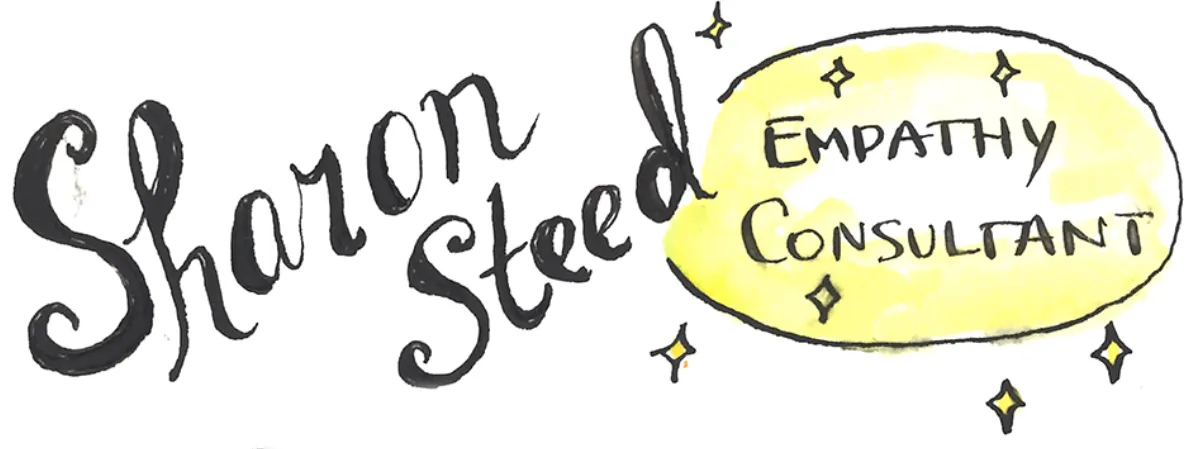
Sharon Steed kicked off the event mincing no words about one of the defining struggles of her life: she has a speech impediment. Steed spoke about how her experience inspired her to become a consultant who advocates for more empathy in business for the benefit of leaders, workers, businesses, and consumers. Below are some key insights from her talk.
- Empathy defines an organization’s culture (shared values, attitudes, standards, and beliefs) which underlies the intent of a design system; who and what companies care about shows through.
- Work is a big part of love, and love should be a big part of work. Love can be an abstract idea (noun) but in many contexts it connotes a set of small choices we make to consider one another every day in our communication.
- Practical tactics for increasing workplace empathy:
- develop patience
- cultivate perspective; rephrase your intent, focus on understanding, and persist in seeking consensus
- form connections by speaking with clear intent
Kim Williams
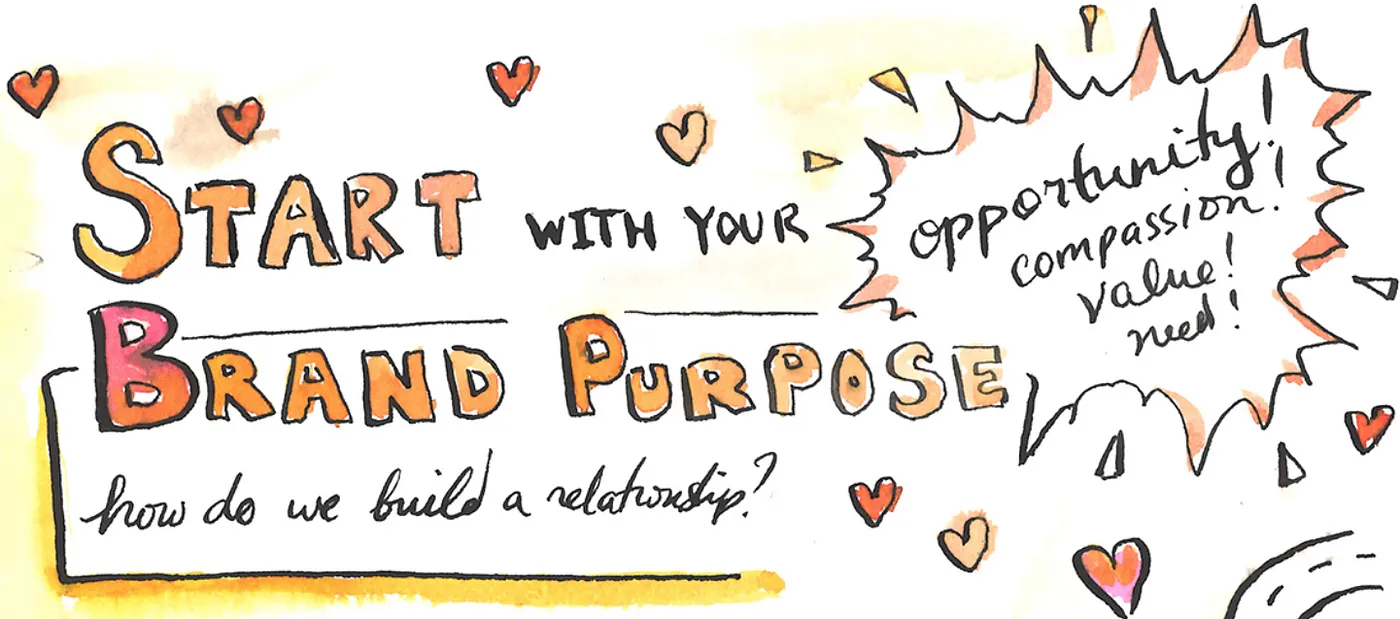
Kim Williams got everyone on the same page with a case study of her team’s work on Indeed’s design system. Some insights:
- It’s better to have a hundred people who love your product than a million who like it. Starting there can pay dividends.
- Design systems are so great because they’re a documented and realized instantiation of so many practice areas that intersect to allow customer centricity: brand identity systems, content strategy, design engineering, discovery and insights, research, design ops, product design, etc.
- Across different domains of organizational praxis, innovation emerges from the summative constraints of what’s desirable, feasible, and viable.
Yesenia Perez-Cruz
Scenario-Driven Design Systems
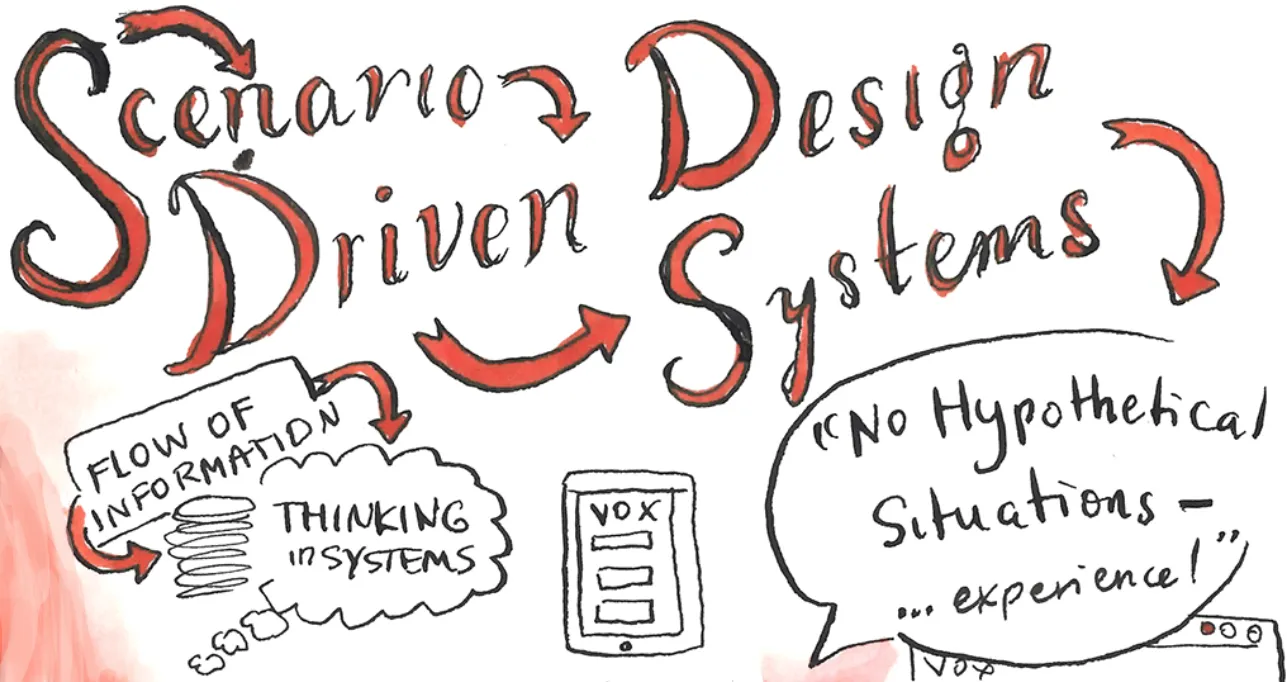
Yesenia Perez-Cruz talked about increasing the efficacy of a design system by intelligently utilizing context as a constraint that shapes its focus and intent. She moved through a case study of how Vox pursued a design system that balances the needs of multiple brands and web properties. Key points:
- Don’t start with components—they need context and purpose. Start with language because it shapes content and addresses people. Starting there helps orient systems around semantic differences rather than presentational ones.
- All patterns should solve specific problems rather than aiming to create a one-size-fits-all solution. Avoid developing patterns for hypothetical situations.
- In writings on his “atomic design” philosophy, Brad Frost has explicated the UI inventory process from a visual/presentational angle. Perez-Cruz contends that this should be followed by a purpose-driven inventory that identifies the common semantic contexts of UI components.
Day 1 Afternoon
Sarah Drasner
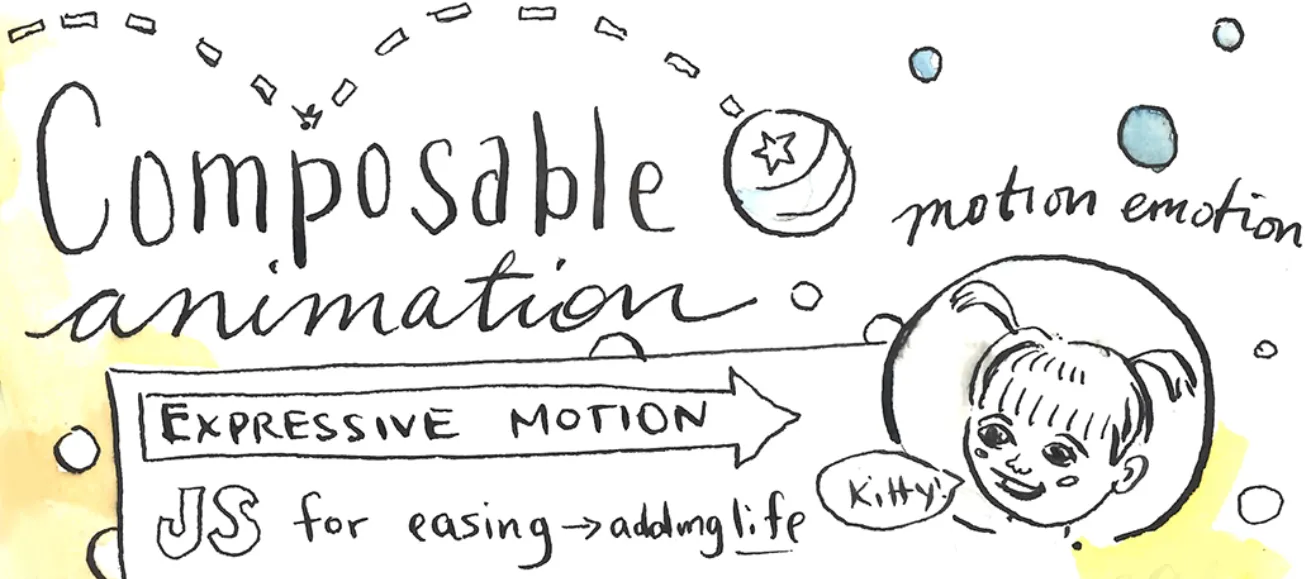
I missed Sarah Drasner’s talk for a lunch interview and office visit, but it was a real favorite when I asked at the after party. I’ll have to check it out when the 2018 recap makes it online.
Adekunle Oduye
The Three P’s of a Design System
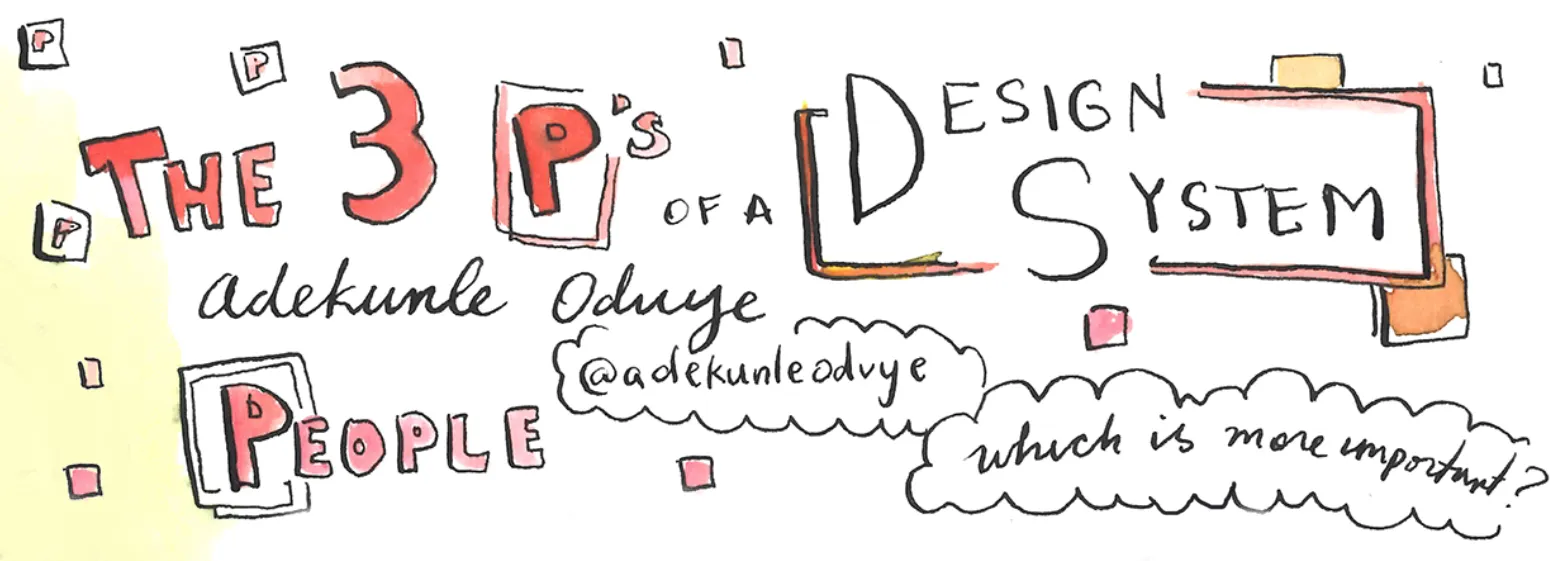
Adekunle Oduye’s talk focused on the philosophically important details of technical implementation that are key to the cross-functional benefits of a successful design system.
- Design systems are for people! Successful design systems that are heavily and effectively utilized across an organization properly balance the needs of their producers and consumers.
- Process is paramount in the development of a design system in order to align outcomes with goals. It defines how the system compromises with constraints to navigate diverse needs.
- Prototyping is a must! “It’s not real until it’s in the code.” The details made this talk and a lot of it speaks for itself. Give it a watch when it’s up!
Jennifer Hom
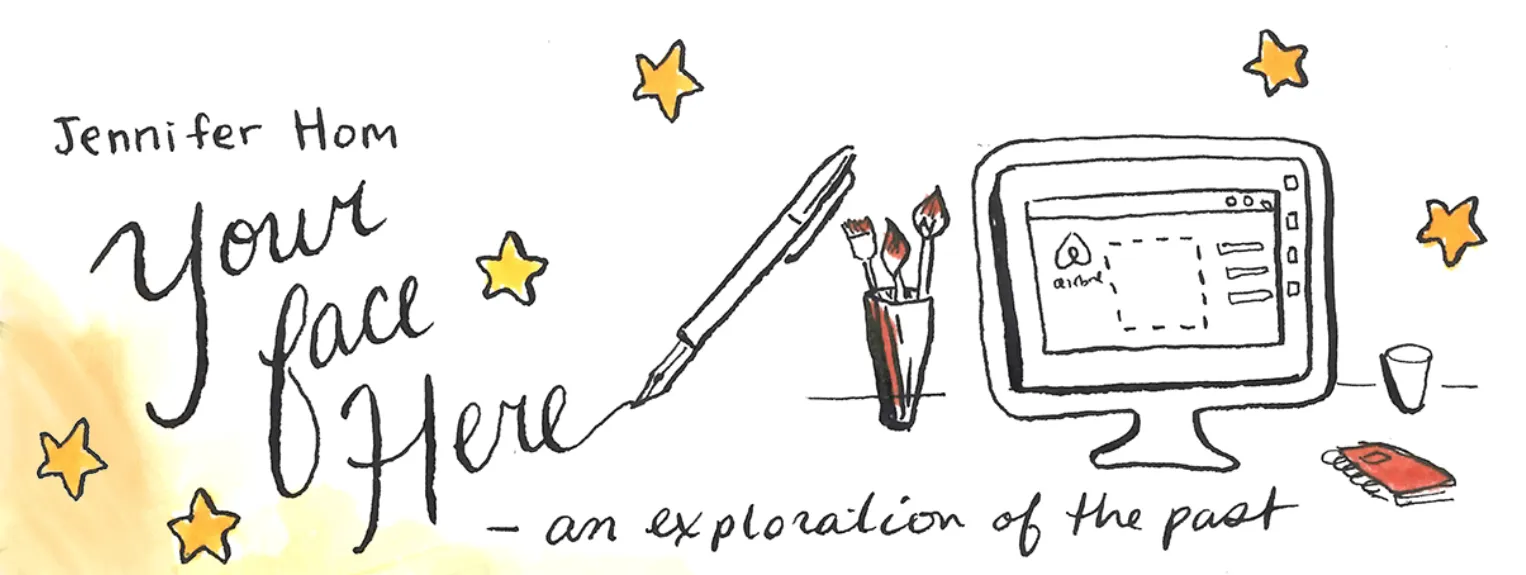
Jennifer Hom humorously delivered a thorough case study on her work leading illustration for Airbnb’s Design Language System.
- Hom made a case for more thorough efforts in illustrative diversity. She exposed strategies for cultivating deeper interest in others’ experiences and translating them into expressive visual language for a design system.
- She drove home the incredible importance of custom in-house work for high-performing illustration in design systems.
- She didn’t have a committal answer when asked what the best alternative to in-house work was; it is that invaluable. Sometimes, you just need custom work.
Day 2 Morning
Hamish Smyth & Jesse Reed
Preserving Legacy Design Systems
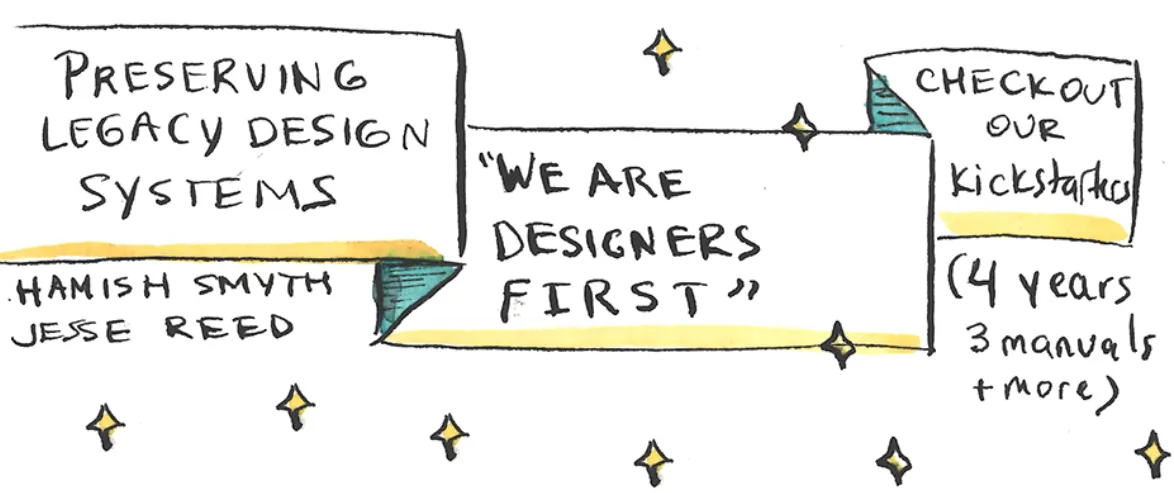
I was feeling pretty jetlagged so I slept in a bit and missed this first talk of the morning by Hamish Smyth and Jesse Reed. I’m awaiting the recap.
Amélie Lamont
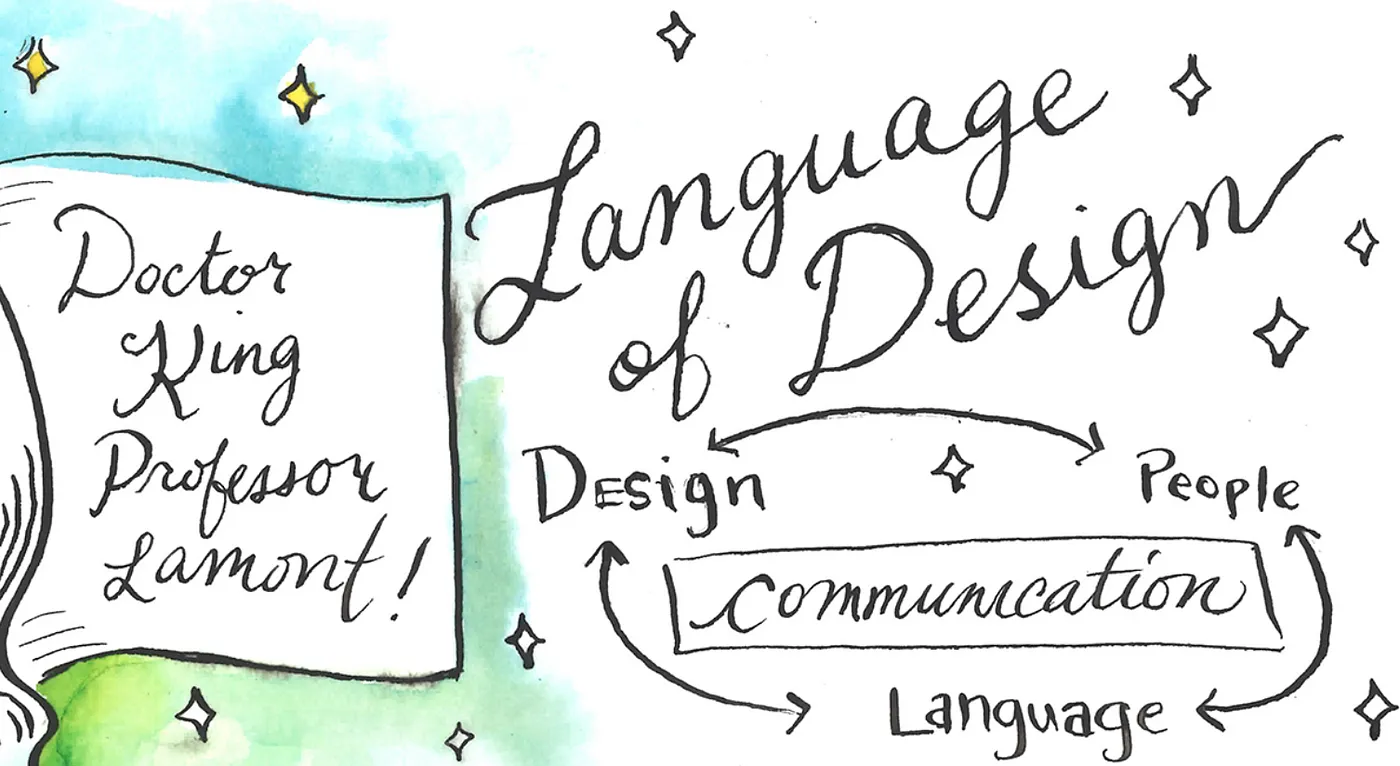
Amélie Lamont’s talk made some fascinating connections between design systems and language through the lens of poetry. All the snaps for this one 🫰!
- Design systems start with language and we should recognize that words have power.
- Language is not neutral or apolitical and employing it usefully requires institutional knowledge and consent from individuals with skin in the game.
- The loudest voices will always be heard, but will they be listened to?
- Gatekeeping sucks!
Dan Mall
Putting the Design in Design Systems
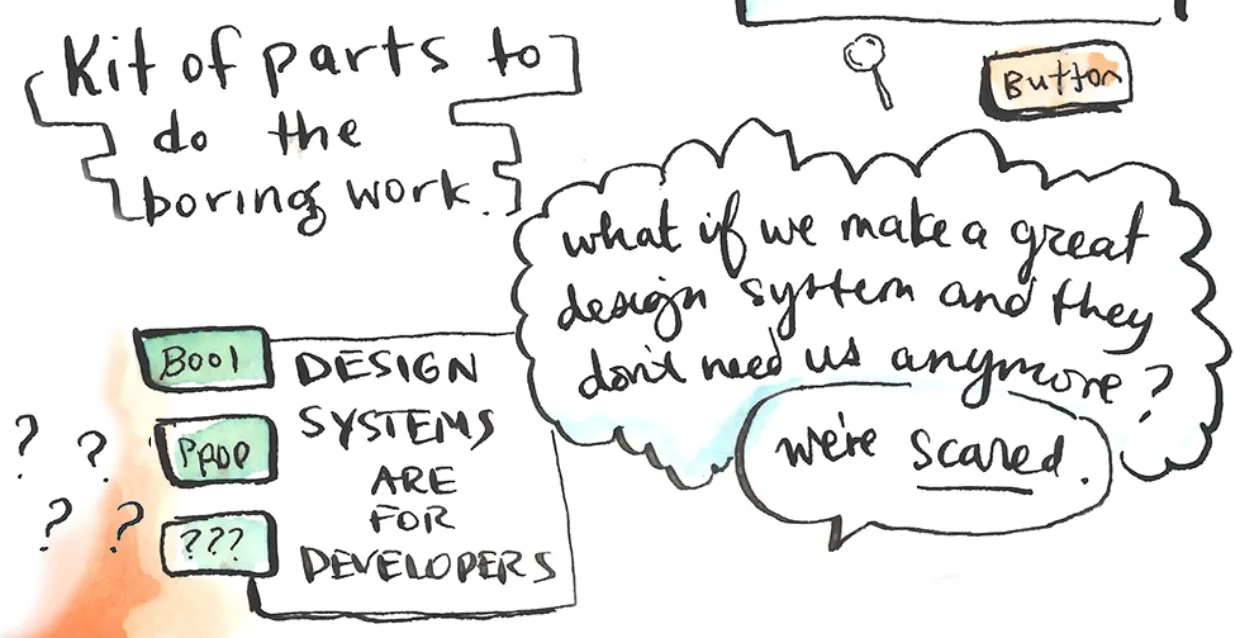
Dan Mall’s talk was FUN! He gave out Dum Dums lollipops for design systems jeopardy 😊🍭. The talk was a compelling look at what design systems can actually do for designers and why we shouldn’t be afraid to push them forward in product-oriented organizations.
- Design systems are probably most heavily utilized by… developers. Designers understandably fear automation and it informs our behind-the-scenes relationship with design systems. But there are silver linings!
- We should be discerning about the things we build into design systems to maximize their utility and ability to scale design at quality within an organization.
- What makes a museum special is what’s not on the walls (a building with everything is just a warehouse).
- Design systems should work on the 80/20 principle: they can be used to reduce design effort on the bulk of repeatable tasks so that designers can focus on high-impact work that requires more nuanced attention to detail. This is the unscalable stuff; the stuff there’s usually no time or budget for, but that can synthesize great design moments.
Look for things to remove, simplify, and streamline… Stick to what’s truly essential.
—Rework by Jason Fried and DHH
Day 2 Afternoon
Michelle Alvarez & Yasmine Evjen
Material Theming: Building an Expressive Design System
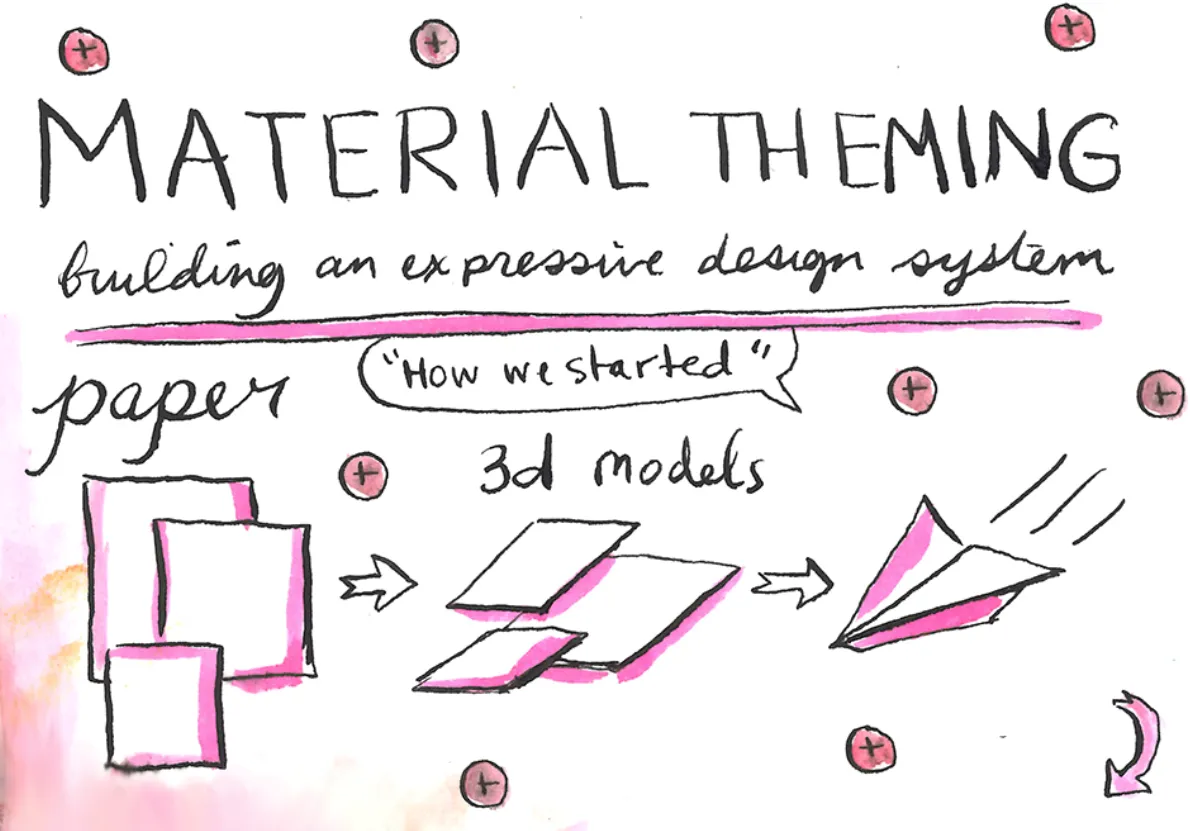
Michelle Alvarez and Yasmine Evjen discussed Google’s ongoing efforts to extend Material Design’s philosophy. They’re working on theming tools to allow designers more flexibility in brand expression within one of the most widely adopted design systems. You can see some of the fruits of their labor on Material Design’s website.
Julie Horvath
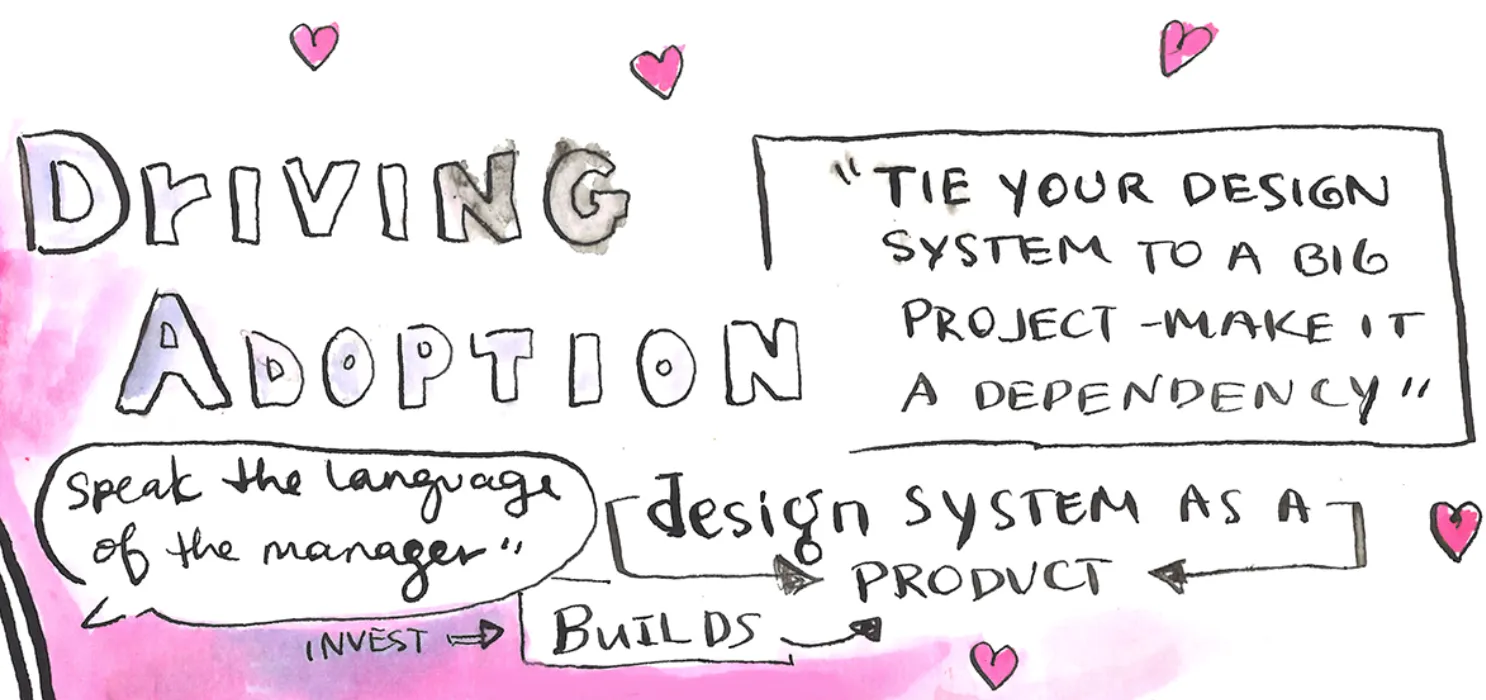
Julie Ann Horvath talked about deftly navigating the process of creating institutional partnerships within organizations to internally evangelize design systems and maximize their efficacy.
- When considering a design system as a solution and stating its value to stakeholders designers should begin by gathering data to quantify the value proposition of investing in a systems undertaking.
- “Us vs. them” thinking must disappear; good design systems incorporate the needs of diverse producers and consumers both within and outside of an organization. Strategic partnerships are necessary for success and that requires compromise and negotiation.
- Orgs should invest heavily in the build process and treat delivery as a service or product to be designed. Components don’t create value until live in a production environment.
John Maeda
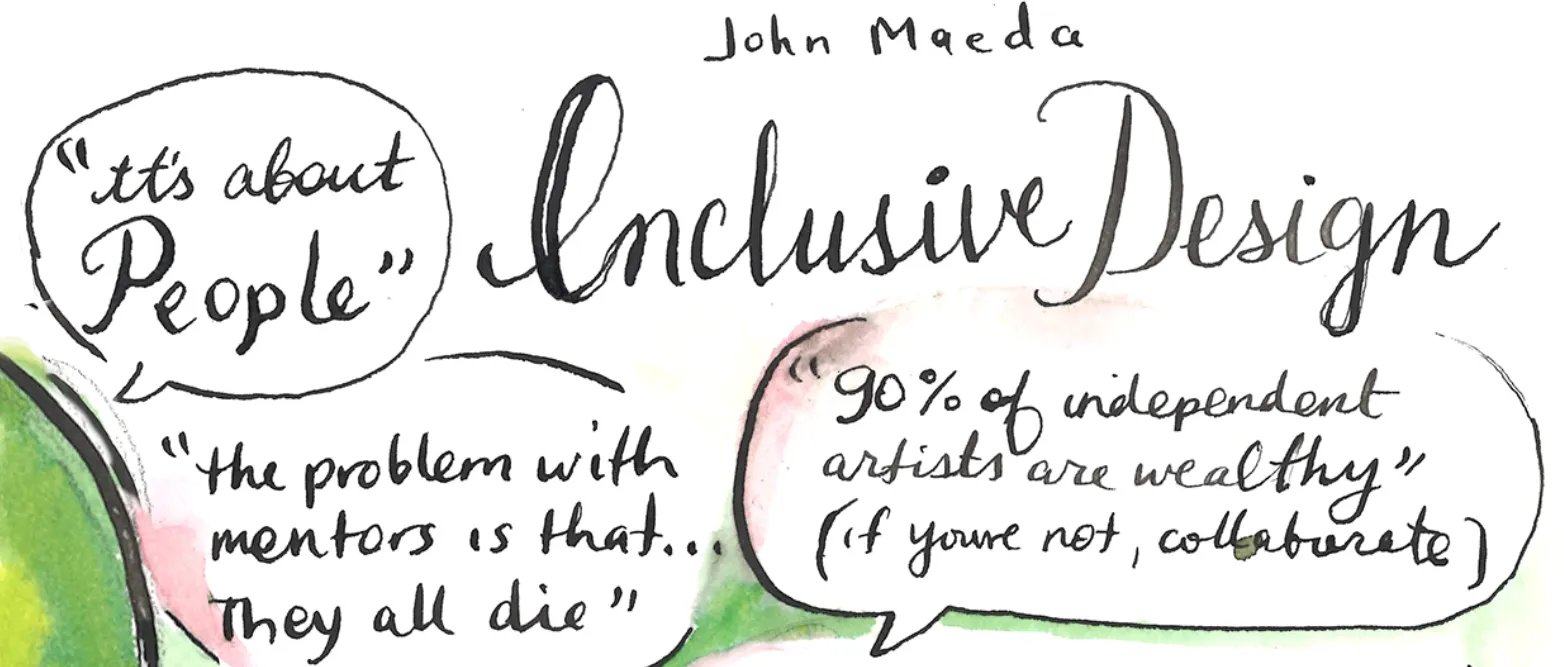
John Maeda followed up on Horvath’s momentum with a personal, humorous, and inspiringly philosophical take on where we are with design systems as 2018 comes to a close.
- We’ve reached the stage of negotiating fluency in thinking about and creating design systems (it happened with stylesheets, responsive design, and many other technology paradigms before).
- Design systems are a wonderful tool for enforcing organizational collaboration and finally killing auteur theory in design. I’ll let you wait for the recap to hear the rest!
Once you die, everyone forgets you almost right away… Your SEO just goes down the toilet.
Conclusion
Clarity was a blast! On top of all the great talks mentioned in this summary, there were workshops, happy hours with lightning talks, tech demos, and an after-party with a sweet view on the top floor of the New Museum (check out the photo album). A very special thanks to Jina and all of the other organizers, speakers, sponsors, and volunteers for pouring a bunch of love into organizing an event where so many amazing voices could be heard. Thanks to Figma and Katie Gregorio as well for selecting me for the conference scholarship!
More content from Clarity
- Sessions (videos, sketch notes, transcripts, etc.) from Clarity
- Clarity photo album on Facebook
- Another enjoyable recap from Nate Rooke at Adjacent
Wanna chat about design systems or any of the other topics in this post? Message me on X (Twitter).